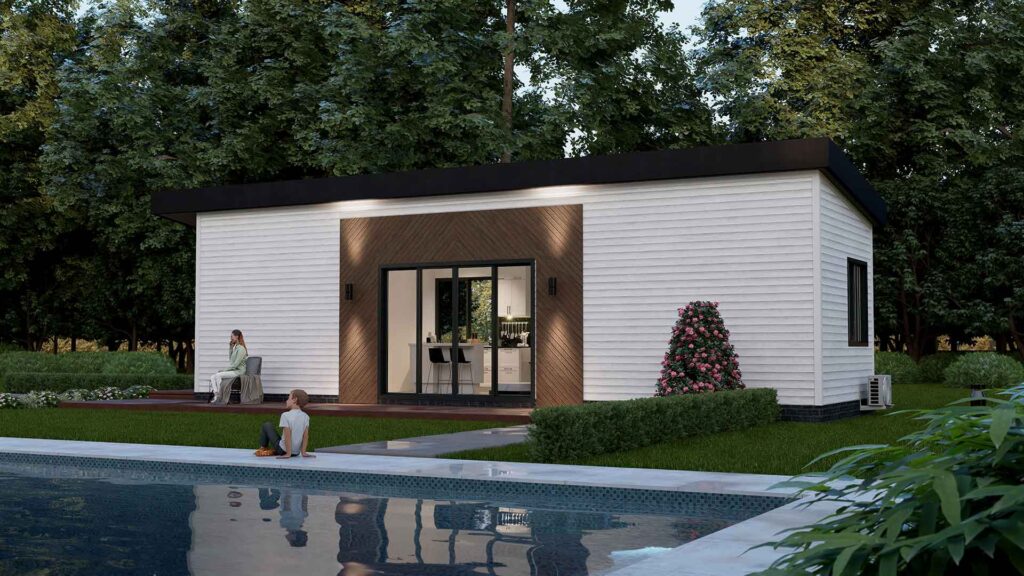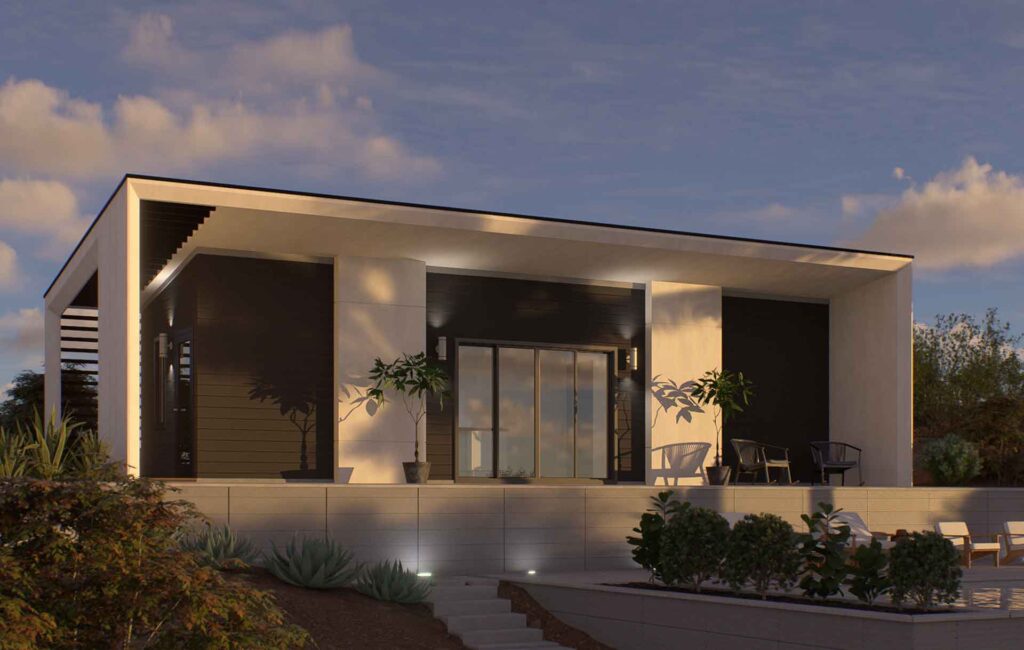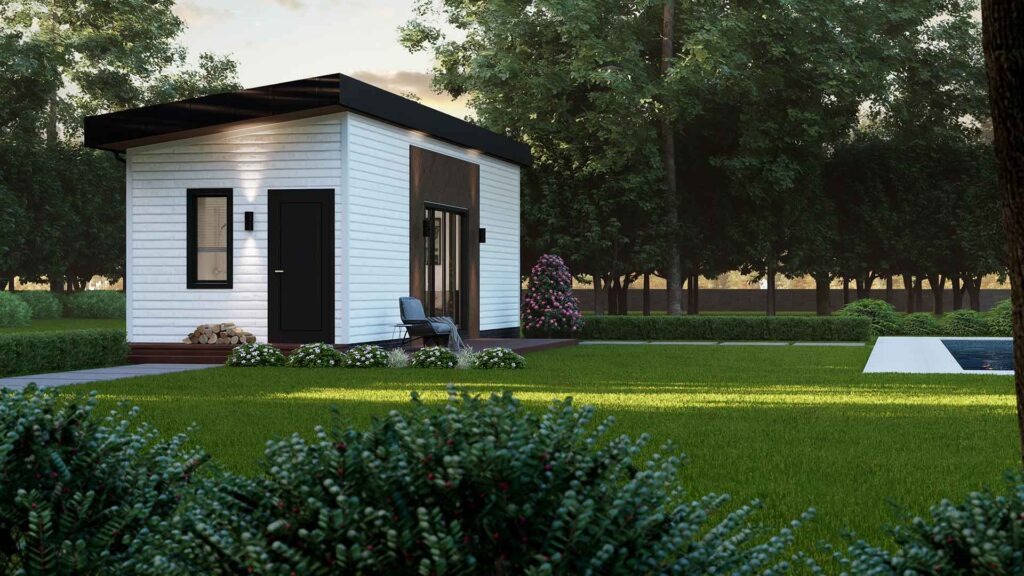The Steel Revolution: Are We Building Homes Wrong?
Imagine a home that laughs in the face of termites, scoffs at fire, and stands stronger than anything your grandfather ever built. Sound like a fantasy? It’s not. Let’s get real. When you look at traditional stick-built homes, do you see progress? Or do you see a construction method stuck in the past—one that’s wasting resources, losing money, and, frankly, putting families at risk? The answer is painfully clear.
The Brutal Truth About Timber
Ever wondered why we’re still building homes the same way we did over a century ago? Timber-framed homes date back to the early 1900s. Yes, they’ve made it through the 20th century, but at a cost. Wooden frames warp, rot, and roll out the red carpet for every termite in the neighborhood. In fact, the USDA estimates that termites alone cause around $5 billion in damages annually in the U.S., with timber homes as their prime target. Consider this: the average lifespan of a timber frame home, with typical maintenance, is around 50–80 years. Steel? It’s designed to last indefinitely without losing integrity, strength, or stability. Steel homes don’t just last—they thrive. Steel changes everything.
Strength That Speaks Volumes
Steel has a strength-to-weight ratio up to 25 times that of timber, making wooden frames look like Lincoln Logs. Timber can shrink by as much as 10% over time due to temperature, humidity, and other environmental factors. Steel, on the other hand, stays rigid, maintaining its shape and strength year after year, decade after decade. And it’s not just resilience against time. In high-wind regions or areas prone to earthquakes, steel shines as a lifesaver. The Federal Emergency Management Agency (FEMA) has long recommended steel framing as a superior alternative to wood in disaster-prone areas. Why? Steel frames bend slightly in response to extreme wind and seismic pressures but don’t snap or break—a critical advantage that can save homes and lives.
The Fire-Proof Promise
Here’s a statistic to keep you up at night: 90% of U.S. homes are wood-framed, making them prime candidates for devastating fires. Just one spark, and a timber home can become a raging inferno. The National Fire Protection Association (NFPA) estimates that home fires cause over $12 billion in damages each year. Steel, however, is non-combustible. It doesn’t just resist fire—it laughs at it. A steel frame won’t ignite, meaning that in a fire emergency, a steel-framed home provides critical extra minutes, protecting occupants and containing potential damage.
Environmental Impact: The Inconvenient Truth
Deforestation remains a significant problem, with over 15 billion trees lost every year globally. A single wooden house can require around 40–50 trees for its frame, with chemical treatments to boot. Steel, however, is 100% recyclable and infinitely reusable, making it the environmental choice. Most steel today contains recycled content, with a typical frame made from at least 75% recycled materials. If sustainability matters, a steel frame means fewer trees felled, lower overall emissions, and a smaller ecological footprint.
Energy Efficiency: The Silent Savings
Your home is a system that can either work for or against your wallet. Steel framing contributes to superior energy efficiency. Why? Unlike wood, steel doesn’t expand or contract due to humidity, which makes it a more stable base for insulation. Combined with insulated paneling, steel-framed homes stay cooler in summer and warmer in winter, reducing the load on heating and cooling systems. A study from the U.S. Department of Energy shows that better insulation can reduce annual energy costs by 15–30% on average, savings that add up over time. With a steel-framed home, you’re looking at silent savings—every single day.
The Cost Conversation: Breaking Down the Numbers
“But steel costs more upfront!” some may argue. Here’s the reality: the initial investment pays off. Think about it:
- Maintenance: Steel doesn’t warp, rot, or invite pests, reducing costly repairs.
- Pest Control: Say goodbye to termite treatments and frequent inspections.
- Energy Savings: A more energy-efficient frame means lower utility bills.
- Insurance: Homes built with fire-resistant materials like steel often qualify for lower insurance premiums.
Factor in these savings, and steel quickly reveals itself as the more economical choice over the long term. According to a study from the Steel Framing Alliance, steel framing costs on average just 5–7% more than wood. But when you consider maintenance and longevity, the lifetime cost of a timber-framed home is estimated to be 30% higher than a steel-framed home.
Speed of Construction: The Connest Advantage
Build 3x Faster. It’s a promise Connest has made real, cutting through the red tape of traditional construction. Pre-manufactured steel components snap together like a sophisticated LEGO set. Traditional construction methods require more labor, equipment, and materials. Steel modular homes allow for simultaneous on-site and off-site work, meaning quicker occupancy and faster returns on investment. Where a traditional build can take 6–12 months, modular steel homes can be completed in as little as 2–4 months. For developers, that’s more projects completed in less time, reducing downtime and maximizing profit potential.
The Bottom Line
We deserve better than outdated, fire-prone homes. With Connest, we’re building for the future—stronger, faster, and smarter. From fire resistance and energy efficiency to eco-friendly materials and speed of assembly, steel modular homes offer strength, sustainability, and security, which traditional homes simply can’t match. Why settle for the past when you can invest in the future? Connest is leading a revolution, one steel frame at a time. Are you ready to build smarter?








